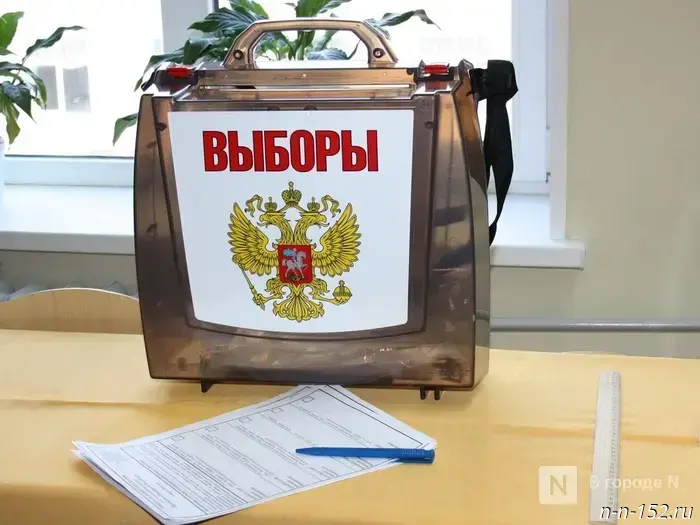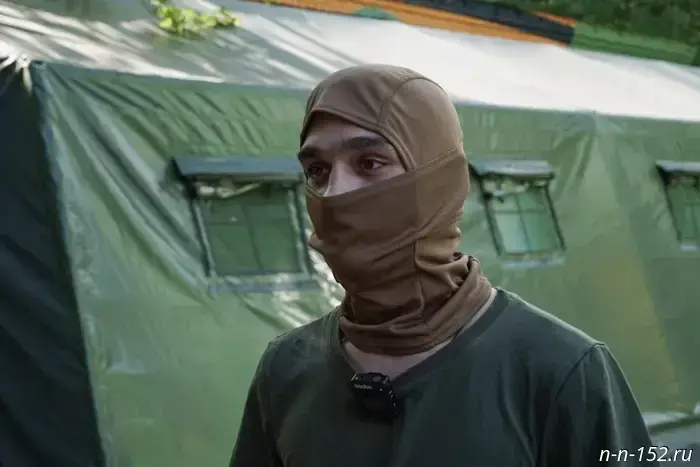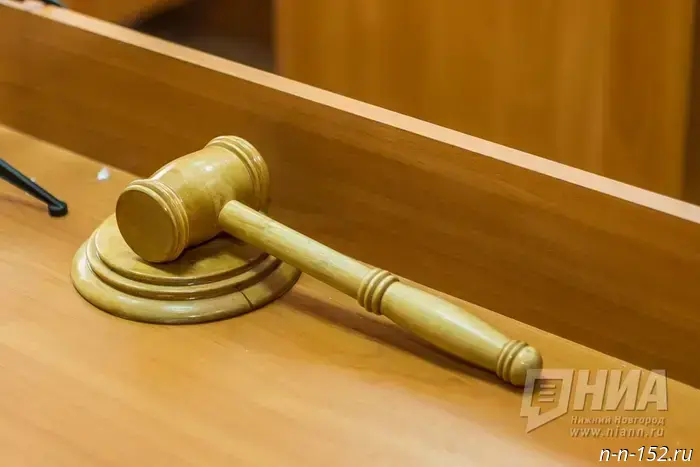I update my raspberry bushes in August instead of buying seedlings — saving a lot of money and getting a threefold harvest.
Photo AI prodzer.ru
Revitalizing raspberry beds without expenses: secrets of successful renewal
Gardeners often notice that raspberries start producing fewer berries, and the fruits become smaller. Instead of the usual 1.5 kg per bush, they may yield only half a kilogram. Purchasing new seedlings at about 285 rubles each can be costly. However, there are ways to restore productivity with minimal costs not exceeding 100 rubles.
The secret to abundant harvests lies in utilizing the natural reproductive abilities of raspberries. Buying ten seedlings costs 2850 rubles, whereas dividing the bush, cuttings, or propagating shoots can achieve similar results almost free of charge. Raspberry yields often decline due to soil exhaustion, aging root systems, and weakened canes.
The optimal time for rejuvenating raspberry beds is late July or early August. During this period, summer raspberry varieties have already fruited, plants store nutrients in their roots, and new shoots have time to root before cold weather. To assess the condition of the raspberry bed, pay attention to berry size: if their diameter does not exceed 1.5 cm (with a norm of about 2 cm), this indicates problems. A healthy raspberry bush forms 4-6 strong shoots about one meter tall per season. The appearance of 2-3 weak shoots 60-70 cm long indicates root system depletion. When digging to a depth of 15 cm, examine the roots: white or light brown and elastic roots are healthy, dark and brittle roots indicate aging. For work, you'll need a sharp pruning shears, a shovel, a bucket, and water.
There are three main methods to rejuvenate a raspberry bed without purchasing new seedlings:
- Dividing the bush: During warm August days, carefully dig out the entire bush. One mature root can produce 3-4 full divisions. Split the rhizome with pruning shears so each section has 2-3 strong shoots and a developed root system. Treat cut sites with ash.
- Propagation by cuttings: Cut young shoots of the current year, 15-20 cm long with 3 buds, from the mother bush. Make a slanting cut at the bottom and a straight cut at the top. One bush can provide up to 12-15 cuttings, which root in loose soil under plastic cover within a month and a half.
- Propagation by shoot division: This is the simplest method for beginners. Young shoots that appear around the mother bush in spring are ready for transplantation by August. Separate them with a shovel along with a clump of soil and replant. One bush can yield 6-8 seedlings.
Dividing the bushes is considered the most balanced method in terms of labor (about an hour per bush) and quality of planting material (obtaining 4 strong plants). Cuttings allow for maximum number of seedlings but require more attention. Propagation by shoots is the fastest method (20 minutes per bush). Rooting success rate is 80-85%, and the first harvest can be expected two years after planting.
"The key to successful raspberry bed rejuvenation is not only choosing the right propagation method but also adhering to timing and basic agricultural practices, such as proper watering and protecting young plants from stress,” noted a gardening expert.
Practice shows that renewing a raspberry bed can significantly save money and increase yield. For example, five old bushes produce 2.5 kg of berries per season. Dividing can produce 20 new plants. Expenses on ash and film (about 100 rubles) are many times recovered. Savings on purchasing seedlings amount to 5700 rubles. By the third year of fruiting, renewed bushes can yield about 1.5 kg of berries each. Thus, total harvest will be 30 kg vs. previous 2.5 kg—a 12-fold increase. Young roots work more efficiently; berries become larger, sweeter, and denser, with shelf life extending to 2-3 days in the refrigerator compared to just one day. Excess harvest can be sold at 250 rubles per kilogram, bringing in 5000 rubles income. The investment pays off by the second year of fruiting.
Possible mistakes during raspberry rejuvenation include planting cuttings in hot weather without shading, which can cause wilting. The solution is abundant watering and covering with spunbond for a week. Planting the root collar more than 3 cm deep slows growth; this can be corrected by hilling in spring. Lack of moisture in the first month after planting is also critical; young roots need regular watering—about 1.5 liters per bush every other day for the first six weeks.
For August, an express reminder is to dig out old bushes in the first days of the month (1–5), divide and replant by August 10, definitely shade (at least one week), ensure regular watering and fertilizing after a month. The five-year development forecast for the raspberry bed is promising: it can provide steadily increasing yields, reaching a record 2.5 kg per bush by the fourth year and maintaining high levels with proper agrotechnics. Such renewal not only restores fruiting but also transforms the raspberry bed into an additional income source.
Другие Новости Нижнего (Н-Н-152)
 Elections 2025: When and who will be elected in the Nizhny Novgorod region
This fall, residents of Nizhny Novgorod will face the next elections. They will take place on September 14, and until then, campaign activities by candidates will be ongoing. 05.08.2025. vGorodeN.Ru. Nizhny Novgorod Region. Nizhny Novgorod.
The Institute of Demographic Development has expanded the family support ecosystem with a new feature called "Life Situations."
Source: ANO "Institute of Demographic Development"
ANO "Institute of Demographic Development" has expanded the functionality of the official portal: osnovano.rf, adding a new feature for prospective parents, 05.08.2025. Gazeta Rabochaya Balakhna. Nizhny Novgorod Region. Balakhna.
Elections 2025: When and who will be elected in the Nizhny Novgorod region
This fall, residents of Nizhny Novgorod will face the next elections. They will take place on September 14, and until then, campaign activities by candidates will be ongoing. 05.08.2025. vGorodeN.Ru. Nizhny Novgorod Region. Nizhny Novgorod.
The Institute of Demographic Development has expanded the family support ecosystem with a new feature called "Life Situations."
Source: ANO "Institute of Demographic Development"
ANO "Institute of Demographic Development" has expanded the functionality of the official portal: osnovano.rf, adding a new feature for prospective parents, 05.08.2025. Gazeta Rabochaya Balakhna. Nizhny Novgorod Region. Balakhna.
 Volunteer of the Special Military Operation: "We will definitely win because we are fighting for justice."
Another group of volunteers departed for the special military operation from the unified selection point in Nizhny Novgorod. 05.08.2025. Nizhny Novgorod Pravda. Nizhny Novgorod Region. Nizhny Novgorod.
Excursion to an Abkhazian feast: a shocking review from a tourist about what happens there
Photo AI progorodnn.ru
Abkhazian Feast Through the Eyes of a Tourist: Expectations and Reality
Tourist Alla's trip to Abkhazia, renowned for its picturesque nature, ended in disappointment due to poor quality of tour services. 08/06/2025. ProGorodNN.Ru. Nizhny Novgorod Region. Nizhny Novgorod.
Volunteer of the Special Military Operation: "We will definitely win because we are fighting for justice."
Another group of volunteers departed for the special military operation from the unified selection point in Nizhny Novgorod. 05.08.2025. Nizhny Novgorod Pravda. Nizhny Novgorod Region. Nizhny Novgorod.
Excursion to an Abkhazian feast: a shocking review from a tourist about what happens there
Photo AI progorodnn.ru
Abkhazian Feast Through the Eyes of a Tourist: Expectations and Reality
Tourist Alla's trip to Abkhazia, renowned for its picturesque nature, ended in disappointment due to poor quality of tour services. 08/06/2025. ProGorodNN.Ru. Nizhny Novgorod Region. Nizhny Novgorod.
 Former Nizhny Novgorod official Bortnikov placed under house arrest
Former Nizhny Novgorod official Bortnikov placed under house arrest
 Over 24,000 people became "residents of the Capital of Financial Culture" in a month of operation of the corresponding Nizhny Novgorod portal.
Over 24,000 people became "Residents of the Capital of Financial Culture" in one month of operation of the same-named Nizhny Novgorod portal. 05.08.2025. NTA-Privolye. Nizhny Novgorod Region. Nizhny Novgorod.
Over 24,000 people became "residents of the Capital of Financial Culture" in a month of operation of the corresponding Nizhny Novgorod portal.
Over 24,000 people became "Residents of the Capital of Financial Culture" in one month of operation of the same-named Nizhny Novgorod portal. 05.08.2025. NTA-Privolye. Nizhny Novgorod Region. Nizhny Novgorod.
I update my raspberry bushes in August instead of buying seedlings — saving a lot of money and getting a threefold harvest.
AI Photo prodzer.ru Reviving a raspberry patch without costs, secrets of successful renewal Hobby gardeners often notice that raspberries yield fewer berries, and the fruits become smaller. 08/06/2025. ProDzer.Ru. Nizhny Novgorod Region. Dzerzhinsk.
